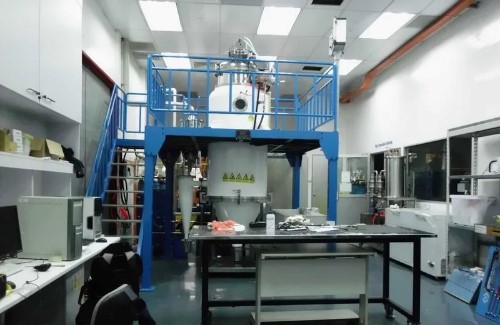New Star Discovered – Coldest Yet Close To the Sun
A Penn State University astronomer has discovered a star that is as cold as the North Pole. With the help of NASA’s Wide-field Infrared Survey Explorer (WISE) and Spitzer Space Telescopes, the “brown dwarf” star seems to be the coldest of its kind.
What baffles the scientists is that the star which is 7.2 light years away is the fourth closest system to the sun which should make it hotter not frosty. However, scientists are enthusiastic to find something so close to the solar system as this will help them shade some light on similar systems.
Kevin Luhman, an associate professor of astronomy and astrophysics at Penn State and a researcher in the Penn State Center for Exoplanets and Habitable Worlds adds that its unique characteristics especially its exceptionally cold temperatures would help them uncover much about the atmosphere of other planets with similar chilly temperatures.
A brown dwarf, aptly named due to them being a cross between a huge planet and a small star, begin their life journey as stars, a collapsing mass of gas. However, they lack the build-up to ignite nuclear energy to emit starlight.
With its cold temperature of between minus 54 and 9 degrees Fahrenheit (minus 48 to minus 13 degrees Celsius), this new discovery named WISE J085510.83-071442.5 sets it among the coldest brown dwarfs so far.
Such extremely cold temperatures make scientist sceptic finding any form of living things in any planets around this star. This makes it an unlikely target for space travel in the near future even with its close proximity to our solar system as it is not worth the effort.
Data collected from NASA’s WISE shows that the brown dwarf appear to move very fast which makes Luhman think it as “something special” he also adds that “The closer a body, the more it appears to move in images taken months apart”.
Such fast movement wasn’t easy to spot, WISE surveyed the whole skyline twice and some spots up to three times and in infrared no less to be able to ascertain the existence of this rare object. Infrared is the only way to spot brown dwarfs, however weak their heat, as they are invisible when observed through visible-light telescopes.
Continued research has estimated that WISE J085510.83-071442.5 is 3-10 times bigger than the planet Jupiter which made the scientists question whether it was a planet or really a brown dwarf settling on the latter option.









